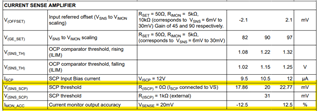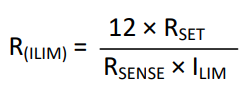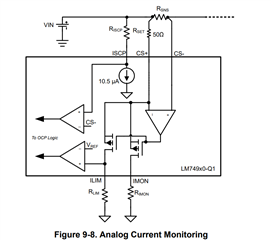Hi,
I want to prevent a path from overcurrent with a certain precision so I have several questions regarding the LM74910-Q1 component:
1.- What is the range of sensed voltages? I mean, between CS+ and CS-, for example if the range is between 6 and 30mV or something like that.
2.- For calculating the minimum and maximun current limit, what are the values I have to take into account? Is the margin the one which is shown in V(SNS_SCP) with
R(ISCP) = 0 Ohm or the one shown in IMON_ACC?

Thanks for your help.






